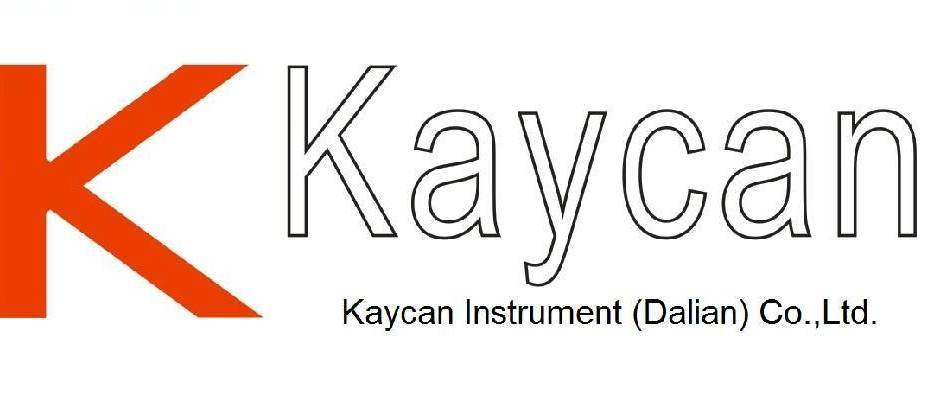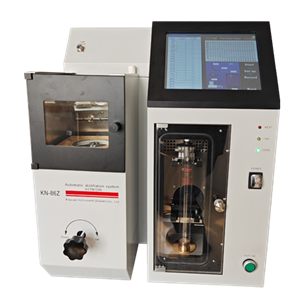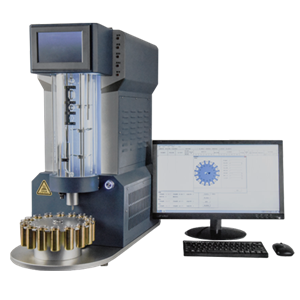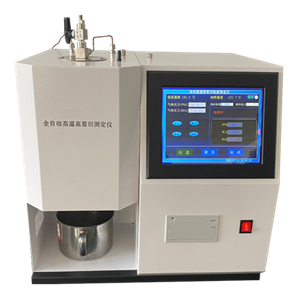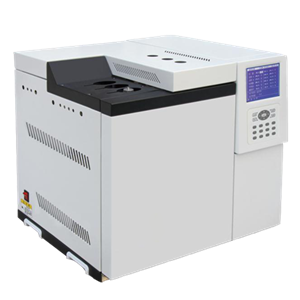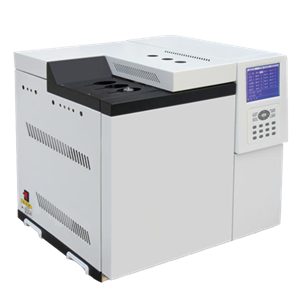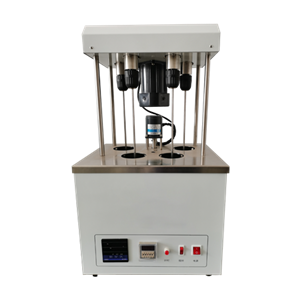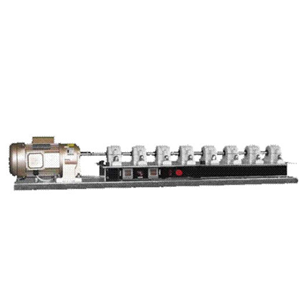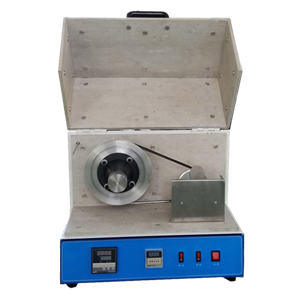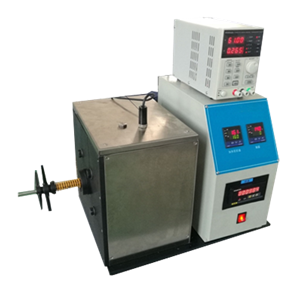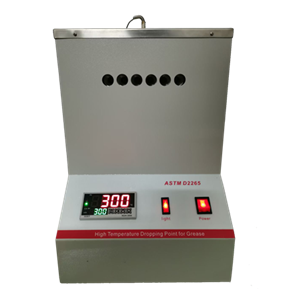-
ASTM D1945 Analysis Of Natural Gas By GC
This GC is of significance for providing data for calculating physical properties of the sample, such as heating value and relative density, or for monitoring the concentrations of one or more of the components in a mixture.
Send Email Details -
ASTM D4291 Trace Ethylene Glycol In Used Engine Oil By GC
Leakage of aqueous engine coolant into the crank case weakens the ability of the oil to lubricate. If ethylene glycol is present, it promotes varnish and deposit formation. This test method is designed for early detection to prevent coolant from accumulating and seriously damaging the engine
Send Email Details -
ASTM D892 Foaming Characteristics Of Lubricating Oils
The tendency of oils to foam can be a serious problem in systems such as high-speed gearing, high-volume pumping, and splash lubrication. Inadequate lubrication, cavitation, and overflow loss of lubricant can lead to mechanical failure. This test method is used in the evaluation of oils for such operating conditions.
Send Email Details -
ASTM D665 Rust Preventing Characteristics Of Inhibited Mineral Oil
A mixture of 300 mL of the oil under test is stirred with 30 mL of distilled water or synthetic sea water, as required, at a temperature of 60 6 1°C (140 6 2°F) with a cylindrical steel test rod completely immersed therein. It is recommended to run the test for 4 h; however, the test period may, at the discretion of the contracting parties, be for a shorter or longer period. The test rod is observed for signs of rusting and, if desired, degree of rusting.
Send Email Details -
ASTM D6138 Corrosion Preventive Properties Of Lubricating Greases
New, cleaned, and lubricated bearings are tested partially immersed in water (distilled, synthetic sea water, or sodium chloride solution) under no applied load at a speed of 83 6 5 rpm in a predetermined sequence of running and stopping for a period of approximately one week. After cleaning, the bearing rings are examined and rated according to the degree of corrosion
Send Email Details -
ASTM D1263 Leakage Tendencies Of Automotive Wheel Bearing Greases
The test method provides a screening device that permits differentiation among products having distinctly different leakage characteristics. It is not the equivalent oflongtime service tests, nor is it intended to distinguish between wheel bearing greases showing similar or borderline leakage
Send Email Details -
ASTM D4290 Leakage Tendencies Of Automotive Wheel Bearing Grease
This apparatus differentiates among wheel bearing greases having distinctly different high-temperature leakage characteristics. It is not the equivalent of longtime service tests
Send Email Details -
Hot
ASTM D2265 High Temperature Dropping Point Apparatus
The dropping point is useful to assist in identifying the grease as to type and for establishing and maintaining bench marks for quality control. The results are to be considered to have only limited significance with respect to service performance because dropping point is a static test.
Send Email Details
